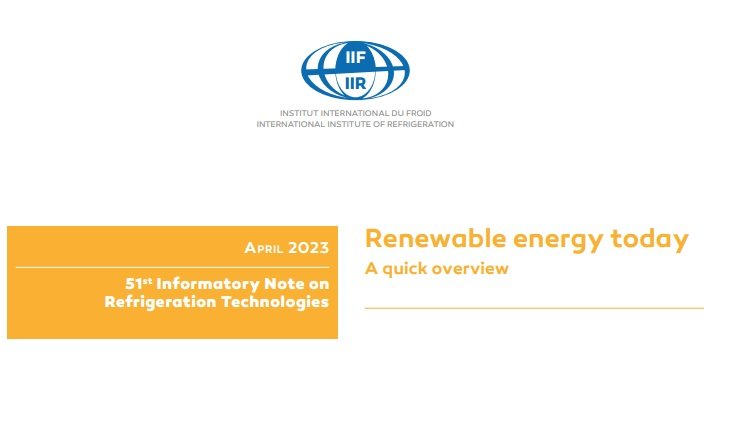Renewable energy sources are continuously egenerating so they can be considered practically inexhaustible. According to a rough estimate, mankind’s global energy consumption since the beginning of time is around 300 Gtoe. An equivalent energy amount arrives from the sun to the Earth in only 29 hours.
In the past, they were widely used as biomass, hydraulic or wind energy. After the energy crises of the past century, the increased interest in renewable energies led to the development of new technologies for a more efficient use of the above-mentioned energies and in particular to direct exploitation of solar energy with solar thermal and photovoltaic
collectors.
The share of renewables in the total final energy consumption in the world exceeds 18%, of which about 40% is due to traditional biomass and the rest is to be attributed to modern renewables. Traditionally, the final energy use is subdivided into the three items:
• Heating and cooling;
• Transport;
• Power.
Available data for 2019 attribute 51% to heating and cooling, 32% to transport and only 17% to power out of an overall energy consumption of primary energy of about 14 Gtoe. The actual contribution of renewables differs strongly in these sectors, as they cover only 3.7% of demand in the transport sector, reach 11.2% for heating and cooling and even 28% for power.
While for power the contribution of renewable energies to final energy consumption is appreciable and growing rapidly due to already competitive costs with those of traditional systems, their contribution for heating and cooling is really modest and even lower in transport. The two solutions currently at hand in these sectors are heat pumps and biofuels. The possible total electrification of transport should be carefully considered thanks to a wide diffusion of electrically driven heat pumps, avoiding a competition of two possible huge demands on the available electricity: Building heating and cooling and electricity driven transport.
Solar thermal collectors contribute usefully to the heating and cooling of buildings. However, their diffusion is too low, with a total surface of solar thermal collectors of less than 0.01% of the surface of the Sahara desert and, if a less extensive reference is preferred, less than 3% of the surface of the island of Sicily. The installed solar thermal capacity, even in warm countries, is only of 50 m2 per 1000 inhabitants (China reaches 259m2). Particular attention should be paid to the technological development of PVT collectors, i.e. collectors capable of producing both heat and electricity.
Other sectors which need strong promotions both in technological research and development are in biofuels, hydrogen production and storage. Smart grids can increase the share of electricity generated
from renewable sources.
The development of renewables involves huge investments, which in recent years have amounted to more than 300 billion USD per year. As a result, a large number of jobs have been created and it is now estimated that 12 million people were employed in 2020 in the labour-intensive renewable energy sector.
Know more
